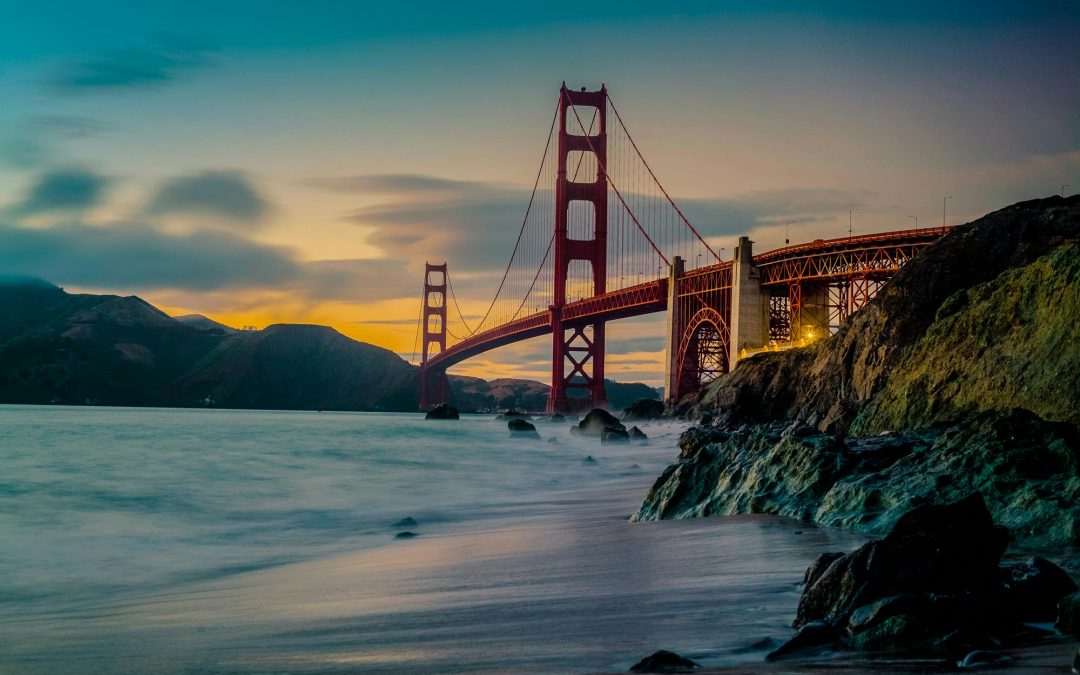As a longtime resident of San Francisco and a commercial real estate developer, I’ve seen the city go through dramatic highs and lows. SF has had many years of uncertainty, rising vacancies, deteriorating street conditions, and growing frustration among residents and business owners. But in the recent months something astonishing has happened, San Francisco is starting to feel like itself again. Not because of any one policy or headline, but because of a broader, more coordinated shift in how the city is managing public space, streamlining regulation, and supporting economic and community recovery.
Cleaner Streets, Safer Business Corridors
For years, key commercial areas like Market Street, the Tenderloin (aka the Theater District), and Civic Center were struggling with highly visible challenges: open-air drug use, unsightly encampments, and declining foot traffic. That’s changing. A renewed focus on public safety and street-level cleanliness is restoring order and accessibility in ways that make a real difference to both residents and investors.
Mobile command units, coordinated clean-up teams, and enforcement of public drug dealing laws are part of a strategy that finally treats these challenges as systemic issues—not temporary blips. The result: streets are more walkable with the increased safety protocols in place, storefronts have become more attractive, and local businesses are seeing patrons return.
Tackling Complex Issues: Homelessness, Mental Health, and Addiction
Since arriving in January of this year, San Francisco’s newest mayor, Daniel Lurie, has made visible changes in how the city addresses its most complex social challenges. His administration is focused on a dual approach: expanding mental health and addiction services while also enforcing boundaries in public space. This includes restructured outreach teams, increased behavioral health beds, and stabilization centers that prioritize care without enabling chaos.
There’s no overnight solution, but the approach now reflects a seriousness of purpose—one that residents, developers, and business owners alike have long called for.
Real Progress on Permitting and Business Regulations
Ask anyone in the building, restaurant, or retail industries what it used to be like to get a permit in San Francisco, and you’d likely hear the same word: painful. That’s changing too.
New legislation has removed outdated requirements and excessive fees for outdoor dining, minor façade updates, and small business improvements. These may sound like small fixes, but for those of us opening or activating storefronts, they’re the difference between launch delays and being open for business.
Permitting timelines are shorter, the city is more responsive, and projects that once stalled are finally moving forward. This has created a tangible shift in how commercial corridors—especially in neighborhoods like Hayes Valley, North Beach, and parts of SoMa—are beginning to thrive again.
A Cultural and Civic Energy Returning
What’s perhaps most exciting is the return of something less tangible, but more powerful: momentum. Street life is returning. Sidewalk cafes are filled. Art installations, public events, and community markets are reactivating neighborhoods that had previously been drowned out by blight.
This cultural and civic energy doesn’t just bring people together—it makes San Francisco a place where tenants want to lease space, investors want to deploy capital, and locals want to stay and contribute.
Why it matters
For those of us who live and build here, the stakes are personal. We’re not interested in empty slogans or one-off announcements—we want to see results. And we are.
- The streets are cleaner and more manageable.
- The rules for doing business are becoming more transparent and fair.
- The city is investing in both public safety and human services.
- And perhaps most importantly: belief in the future of San Francisco is returning.
San Francisco’s value has never just been in its geography. It’s in its people, its culture, its entrepreneurial spirit. That spirit was tested, but it’s showing signs of revival.
What we’re witnessing isn’t a trend—it’s a turning point. And for those of us committed to shaping the city’s future through thoughtful, community-focused development, the message is clear: San Francisco is rising again.
“…streets are more walkable with the increased safety protocols in place, storefronts have become more attractive, and local businesses are seeing patrons return.”

